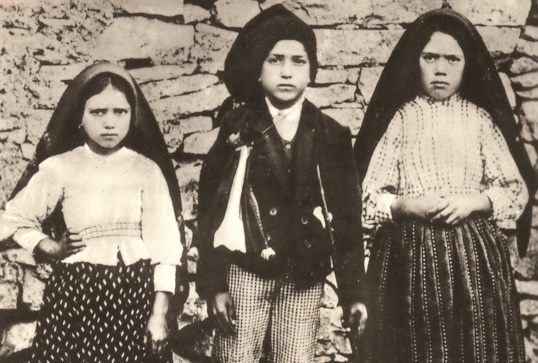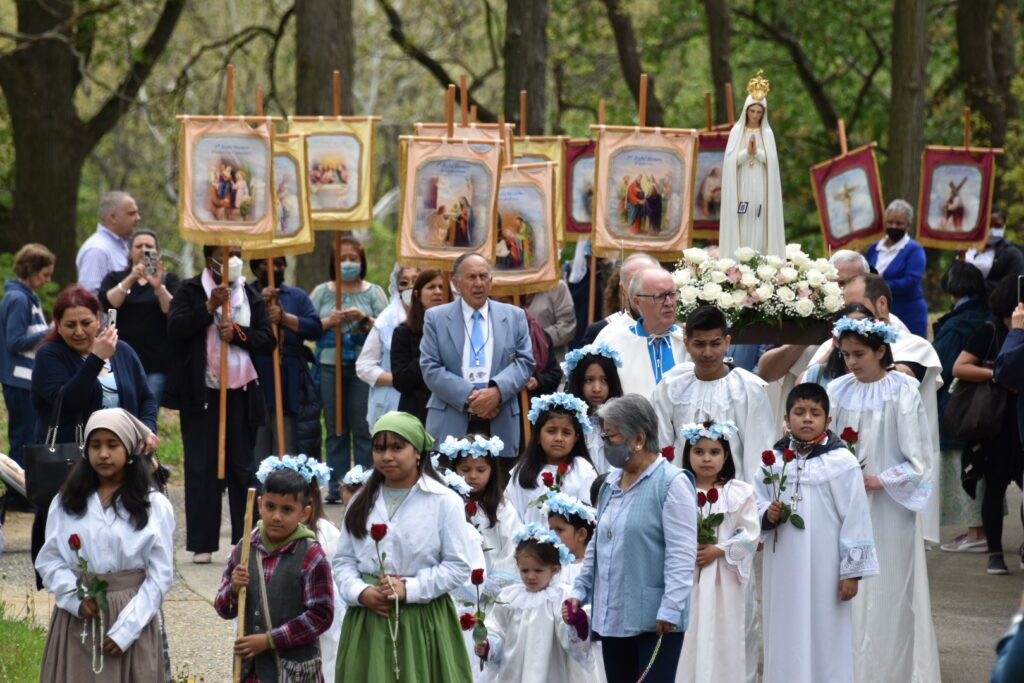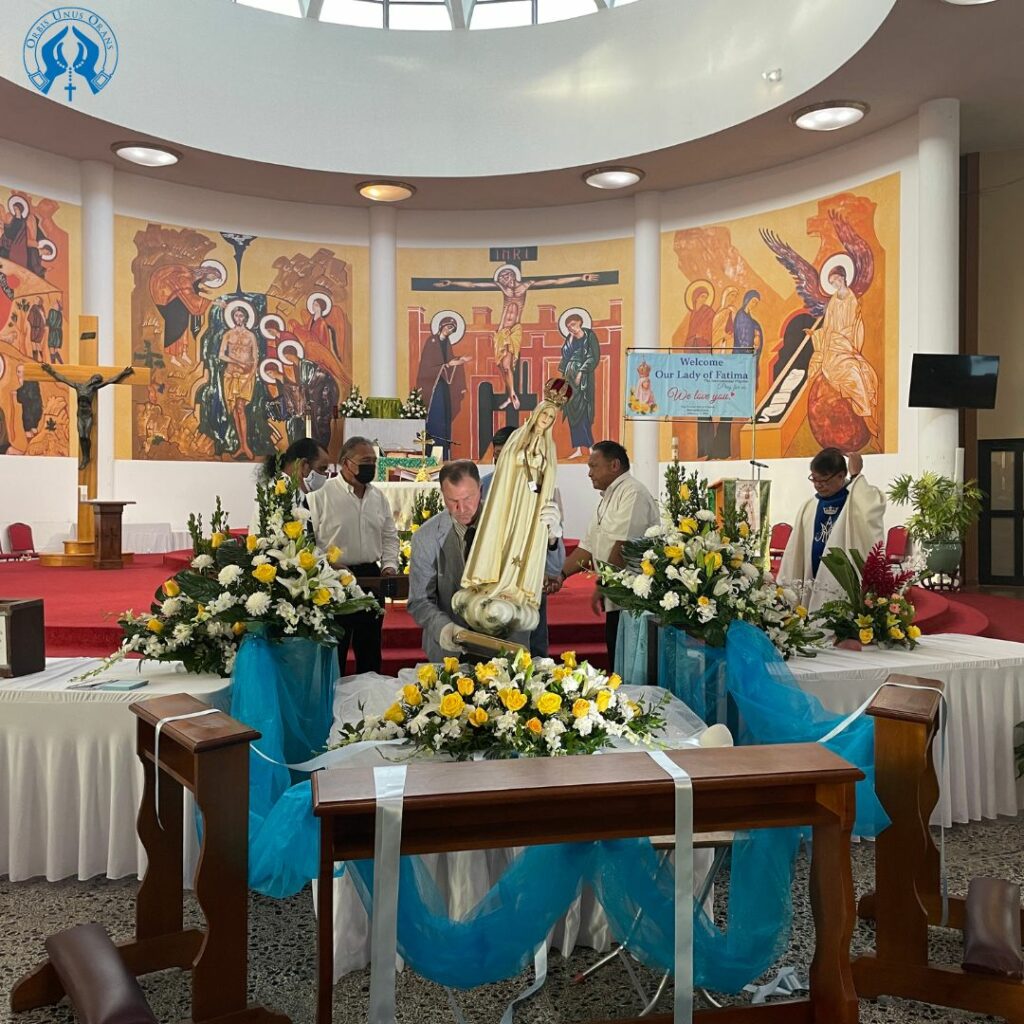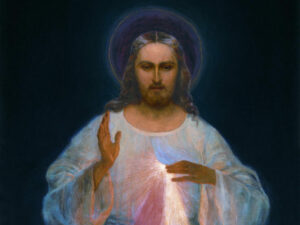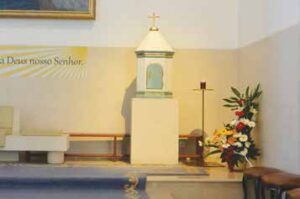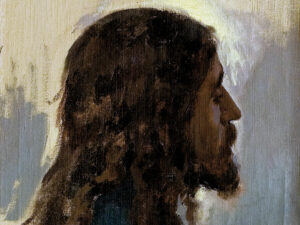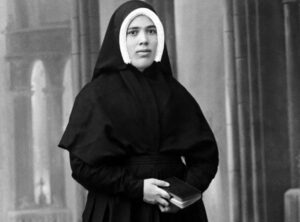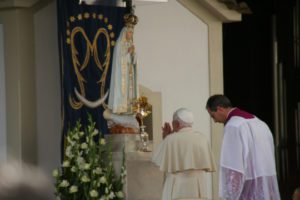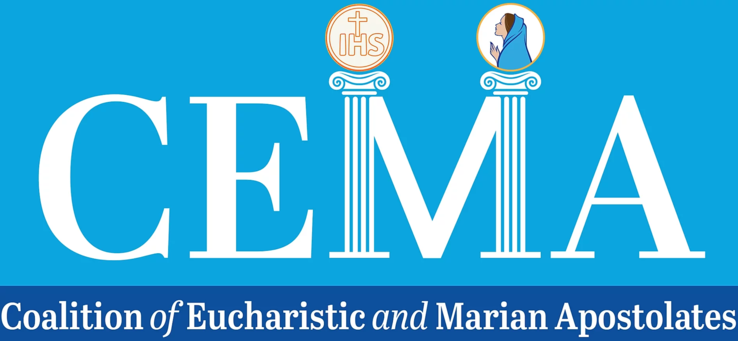

by Donal Anthony Foley –
St. Jacinta Marto endured a prolonged and painful illness that led to her death on the night of Feb. 20, 1920, in the Estefania Hospital in Lisbon. Only a night nurse, Aurora Gomes, was present in the ward that evening, but when questioned, she could not recall any details of the young seer’s death, nor anything about the child herself. As Our Lady foretold, Jacinta died alone, far from her relatives and friends, due to complications arising from the Spanish Flu pandemic, which swept around the world between Jan. 1918 and Dec. 1920.
The Spanish Flu was a particularly virulent influenza pandemic that infected an estimated 500 million people worldwide, leading to between 50 and 100 million deaths. At the time, the world population was less than two billion, so this pandemic affected a significant percentage of mankind, and is regarded as one of the most deadly epidemics ever to have affected humanity, possibly comparable with the Black Death that ravaged Europe in the 14th century. The fact that it happened just as World War I was entering its final stages only made it more deadly, as crowded conditions and large scale troop movements facilitated the spread of the virus.
An unusual characteristic of this pandemic was that, unlike most flu outbreaks that target young children and the elderly, the Spanish Flu particularly affected healthy young adults, causing many deaths. Scientists discovered the reason for this recently; older people who had suffered through the Russian Flu pandemic of 1889-1890 had developed some immunities to the Spanish Flu.
This was the case in Fatima as well. Except for Ti Marto, the father of Francisco and Jacinta, the whole Marto family was struck down by the flu in the autumn of 1918. Around this time, Our Lady appeared to Francisco and Jacinta and said that she would take Francisco to heaven shortly, but asked Jacinta if she would stay longer to suffer for sinners. Francisco died on April 4, 1919 at the age of 11; Jacinta was just shy of age 10 when she passed. The flu also claimed the lives of their older siblings, Florinda and Teresa. One wonders how the Marto parents handled such grief.
The symptoms of the Spanish Flu included fever and chills, muscle aches, runny nose and a cough. In some people, more serious conditions developed, including bronchopneumonia, a bacterial infection that can cause rapid heartbeat, difficulty breathing, pleurisy, congestion and other complications. This was the case with Jacinta, whose sufferings grew as her illness progressed.
Jacinta related to Lucia, who was not seriously affected by the flu, that the Blessed virgin had told her she would go to two hospitals, but would not be cured. Rather, she would suffer more for the conversion of sinners and in reparation for sins.
After Francisco’s death, Jacinta became very sad at his absence. Added to this, her bodily pains, including severe headaches, grew worse. With the onset of bronchopneumonia, a purulent abscess formed in her lungs causing her acute pain, but she bore this increased torment with great fortitude.
Her little body was reduced to skin and bone as she wasted away, and this was her condition when she was admitted to Estefania Hospital in January 1920.
First, she stayed in an orphanage run by a sister, Mother Godinho, who was greatly impressed by Jacinta’s wisdom far beyond her years. Jacinta spoke of the sins of the flesh, which cause the most souls to go to hell, and of the moral dangers of coming fashions. She also said, “If men knew what eternity is they would do everything to change their lives.” Despite her suffering, it was a great delight for her to be staying in a house that had a chapel with the Blessed Sacrament and to be able to receive Holy Communion daily.
It was only a short respite, however, as in February she was moved to the Lisbon hospital under the care of Dr. Castro Freire, one of the most famous children’s specialists in the capital. He diagnosed her condition as purulent pleurisy and osteitis (inflammation) of the seventh and eight left ribs. She also had tuberculosis by this time.
On February 10, she endured an operation to remove her two diseased ribs, an operation that, because of her weakened condition, could only be carried out with a local anesthetic. The operation was a success, but left a large wound in her side that required daily dressing, an agonizing procedure for the young girl.


On the night of her death, she said she was feeling worse and the parish priest arrived about 8 p.m. to hear her confession. Despite her protests that she would soon die, he did not give her Holy Communion as Viaticum, thinking she would be fine until morning. She died just two-and-a-half hours later. When Mother Godinho came to help clean her body in the hospital mortuary, she reported positively that there were stains of dried blood on Jacinta’s face.
In dying as she did, Jacinta gives us a wonderful example of conformity with God’s will, in accepting just the sort of death that He willed for her. One can rejoice with St. John Paul II, who stated at Francisco and Jacinta’s rite of beatification at Fatima in 2000, “the Church wishes to put on the candelabrum these two candles which God lit to illumine humanity in its dark and anxious hours.”


